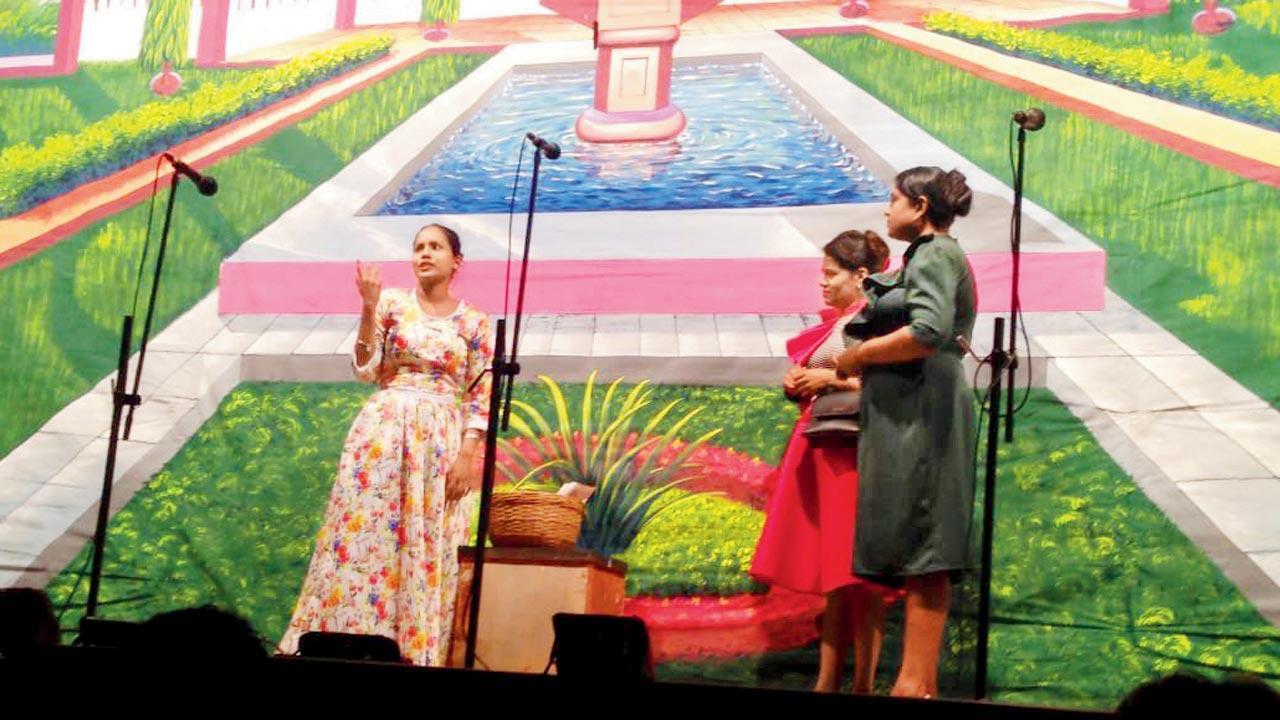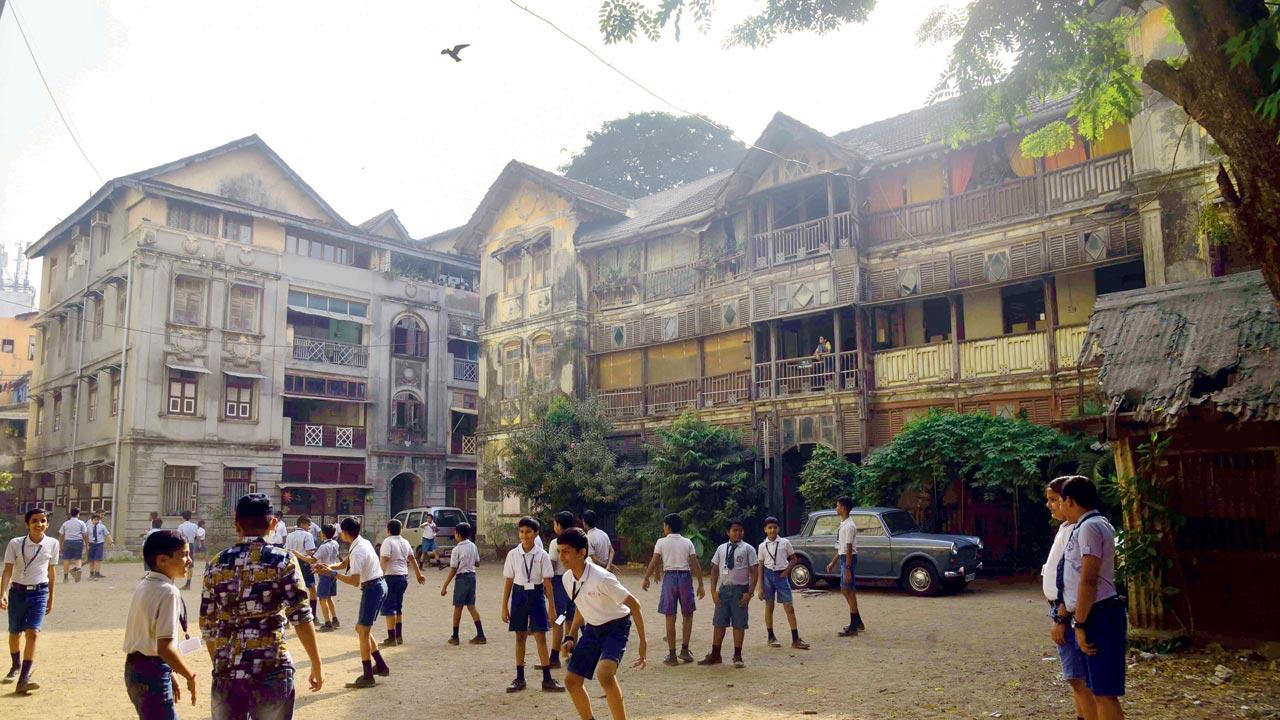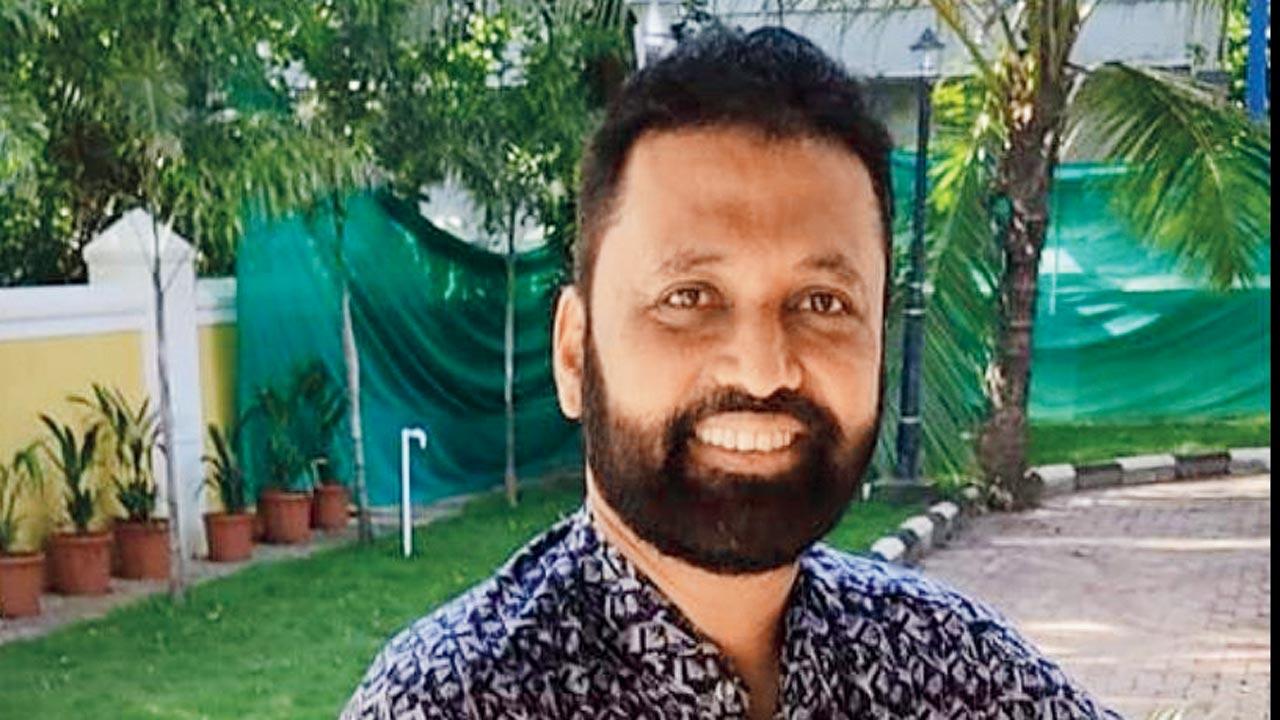A Konkani tiatr inspired by a Catholic neighbourhood in South Mumbai is making waves in Goa, almost 130 years after it was first composed

The three-hour-long play is set in a garden in Charni Road from where you can hear the church bell ring. Pic courtesy/Frederick Noronha
Every road leads to home. Sometimes, it could also be a play. As a writer, with a curiosity for the vanishing Goan-Catholic neighbourhoods of South Mumbai, it’s become a passion project of sorts to look for connections between people and the places they inhabit, and how the two shape the history of the city. That’s how we learnt of Cavelchi Sundori (The Belle of Cavel), a tiatr—a Konkani drama form—being staged in Panjim after nearly 80 years, and named after the once bustling Christian enclave near Kalbadevi.
Helming the production is Goa-based tiatr artiste, director and researcher Michael Gracias, who as he tells us over a phone call, was approached by the Tiatr Academy of Goa to stage one of late actor and composer João Agostinho Fernandes’ tiatrs, as part of his 150th birth anniversary celebrations on December 14, last year. “I chose this particular tiatr, because it is not only the first one that he ever wrote [in 1893], but also because of how far ahead of its time it really was,” says Gracias, who spent his early years in Dadar. “The musical comedy reflects on the lives of the emancipated and educated Christian women, and how they break away from tradition, opting for love over an arranged union. In 1893, exploring such a theme was not just bold, but unheard of.” It also touches on the issues of caste and class, upheld by the traditionalists. “I like to call it a ‘perfect tiatr’. It has all the ingredients of a contemporary tiatr and discusses issues that concern us even today. The comic timing too, is superb. Since Agostinho performed comedy on stage, he had the knack for it. That’s possibly why the play continues to resonate with people,” adds Gracias.
ADVERTISEMENT
 The play gets its name from Cavel, a once bustling Catholic enclave near Kalbadevi. Gracias now hopes to bring the tiatr to the neighbourhood. File pic
The play gets its name from Cavel, a once bustling Catholic enclave near Kalbadevi. Gracias now hopes to bring the tiatr to the neighbourhood. File pic
In his book, When the Curtains Raise: Understanding Goa’s vibrant Konkani theatre, scholar André Rafael Fernandes writes about the evolution of the tiatr, which has its roots in Bombay. While the first documented tiatr performance was Lucasinho Ribeiro’s Italian Bhurgo (The Italian Boy), staged on April 17, 1892 at the New Alfred Theatre—where the present Police Commissioner’s Head Office is currently located in Crawford Market, Agostinho’s The Belle of Cavel was composed a year later in 1893, writes Fernandes. This makes it the second tiatr ever written. As per records available and referenced in Fernandes’ book, the tiatr continued to have at least 10 more performances between 1909 and 1943, under different titles, including Charni Road Bagh and Eoc Goencar B.A. Exam Passar. Agostinho, who is regarded as Pai Tiatrist (the father of tiatr) was a Bombay Goan. Born in Margão, he later moved to Bombay city, where he completed his matriculation at St Xavier’s School in Dhobi Talao. Starting out as a chemist, he “collaborated with a Parsi and began a business of importing pharmaceutical drugs from France”.
According to Gracias, the Catholic neighbourhoods of Dhobi Talao, Sonapur, Cavel and Girgaon were very much part of the Goan experience. “This is where the Konkani-speaking Goan population was largely concentrated.” Agostinho too, lived and worked in this part of town, he says of the likely inspiration for the tiatr. While there is no direct reference to Cavel in the play—except that its titular character, Deudita Vaz, is a beauty from the neighbourhood—the plot takes place in a garden in Charni Road—perhaps a reference to SK Patil Udyan—from where you can hear the church bell ring, Gracias says. “There are a few references to Sonapur as well.”
 Michael Gracias
Michael Gracias
Having organised 150 tiatr workshops till date, Gracias, 55, co-opted some of his students to become part of the 27-member cast, which includes a saxophonist, drummer, trumpeter, keyboardist and bass guitarist as well. “It took me two weeks to decipher the original play that was handwritten, and then type out the manuscript for ease of understanding. Making sense of the handwriting was a bit of a challenge,” says Gracias. This was followed by giving it a new structure, and infusing the musical with some of the traditional yet popular Konkani numbers from the early and mid-1900s like Tornnem rogot, Bhattacho vantto, Zalo tedna melo, Dotik lagon, Ankvar mariechem Dukh and Bottatteanchi bhaji. “I have also composed an opening song for the play, which is a tribute to the work of João Agostinho.” Three weeks of daily rehearsals followed.
While the government-run Tiatr Academy of Goa has funded Gracias and team to have five shows of the three-hour-long play, it’s already been staged 22 times since the first performance six months ago. “Villages in Goa have been inviting us to perform the play. Most tiatrs do not have such a long life, so it’s interesting to see the renewed interest in Cavelchi Sundori.” Gracias now hopes to bring the tiatr to the neighbourhood of Cavel. “All I want is a stage and an audience.”
 Subscribe today by clicking the link and stay updated with the latest news!" Click here!
Subscribe today by clicking the link and stay updated with the latest news!" Click here!








